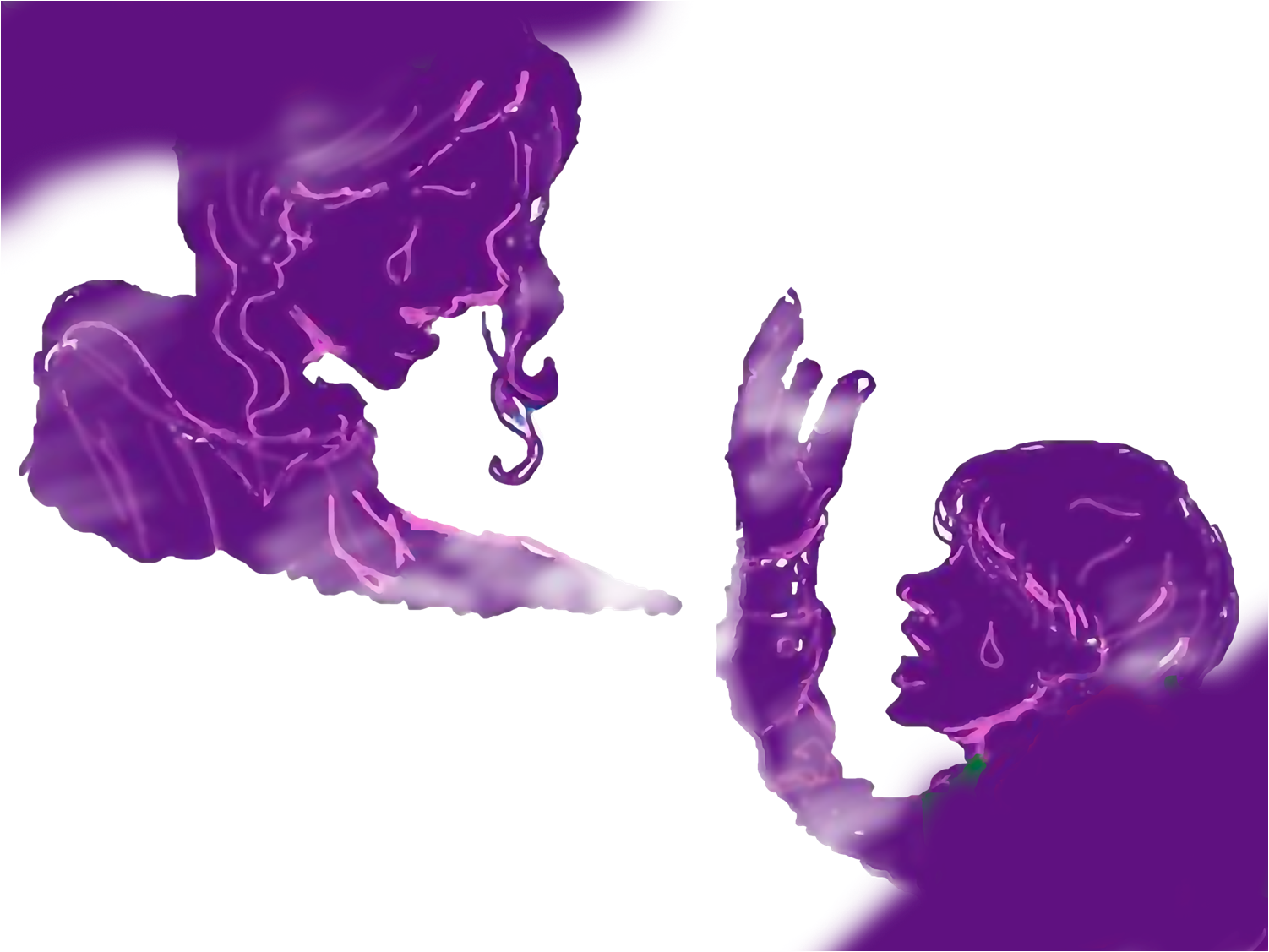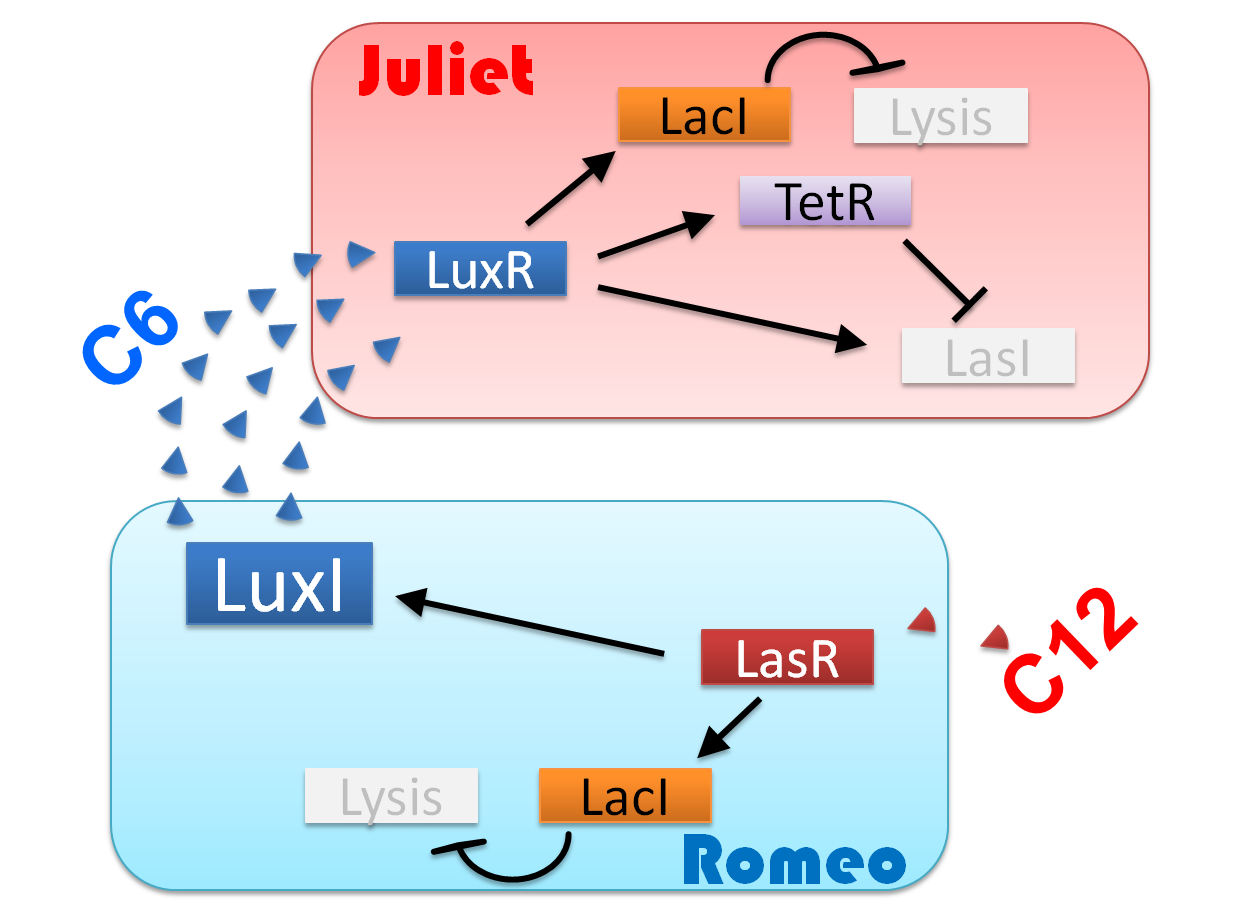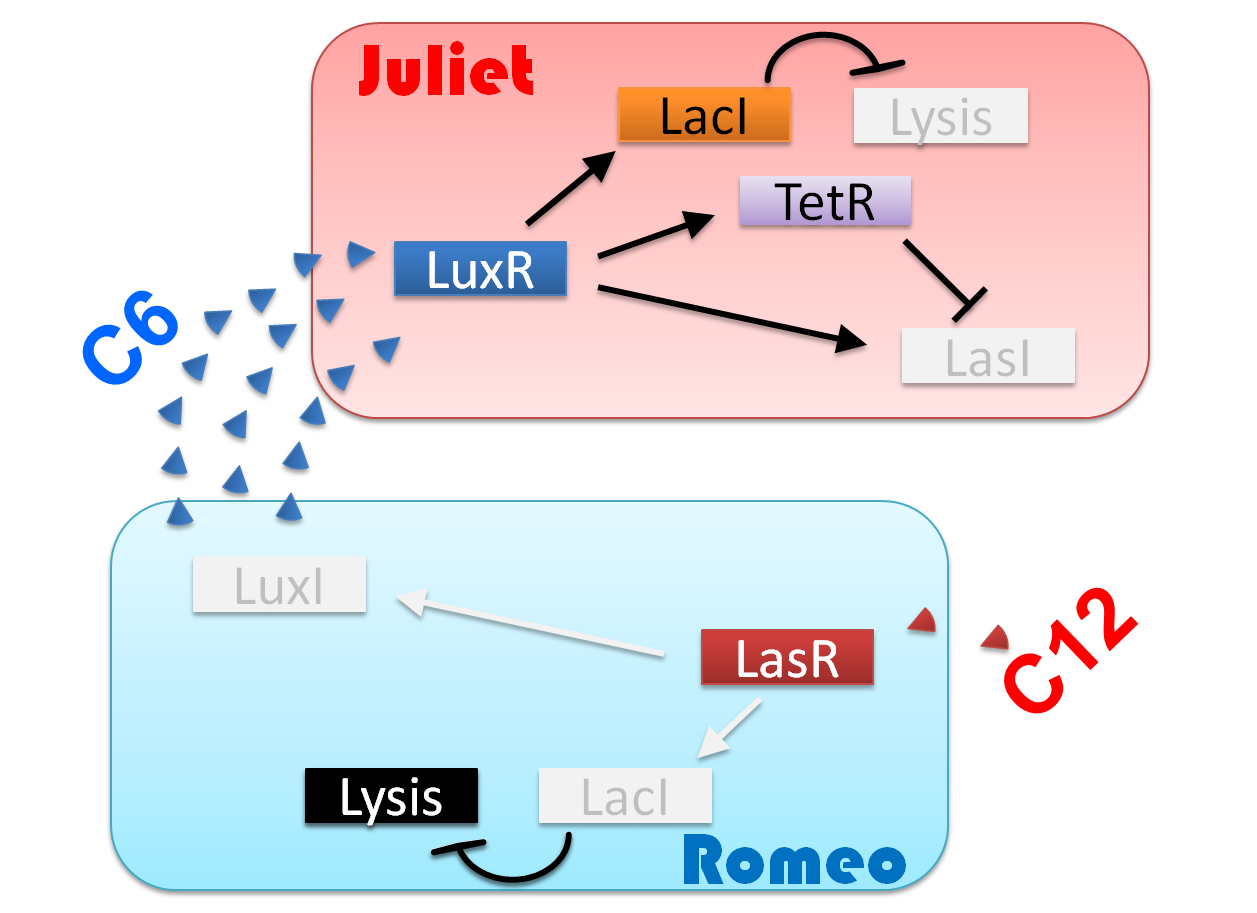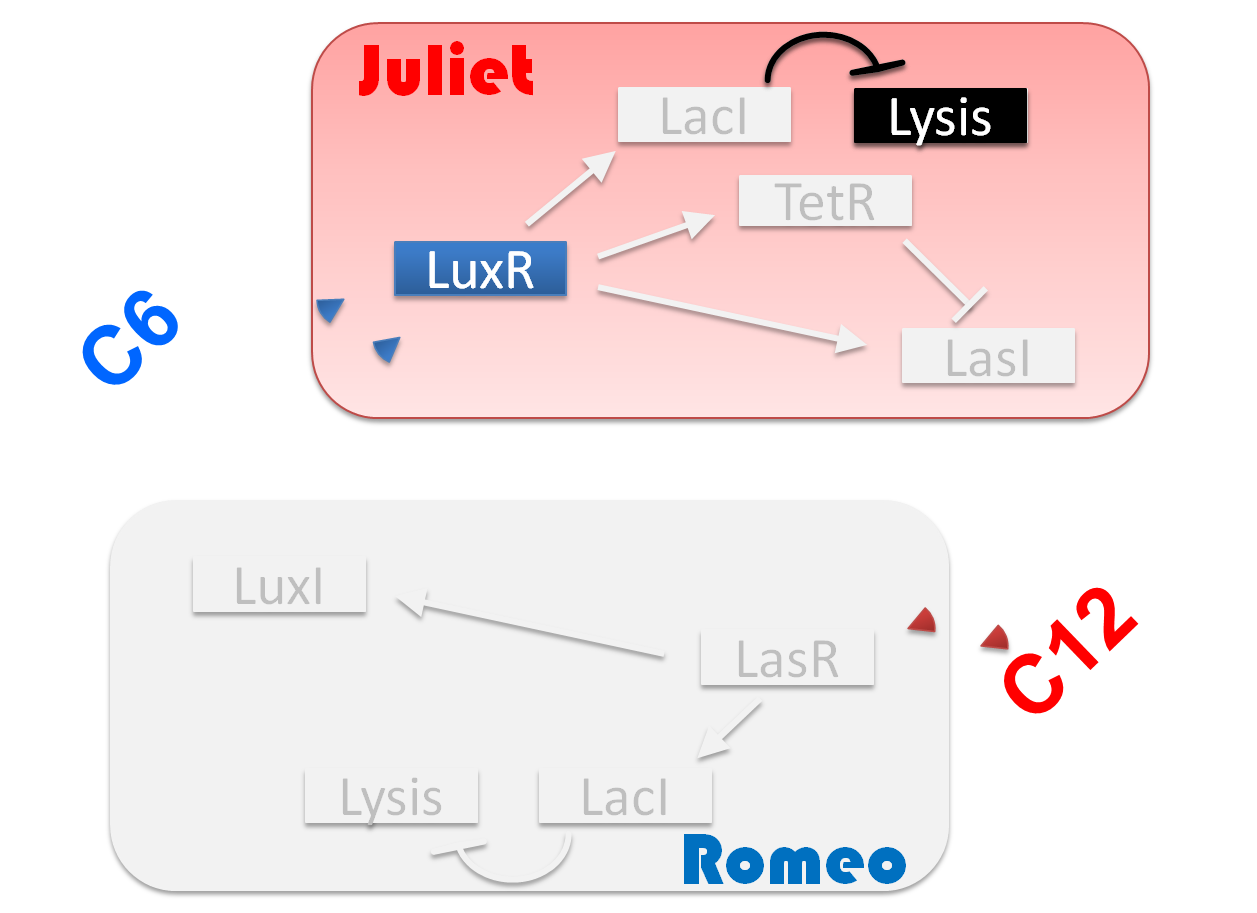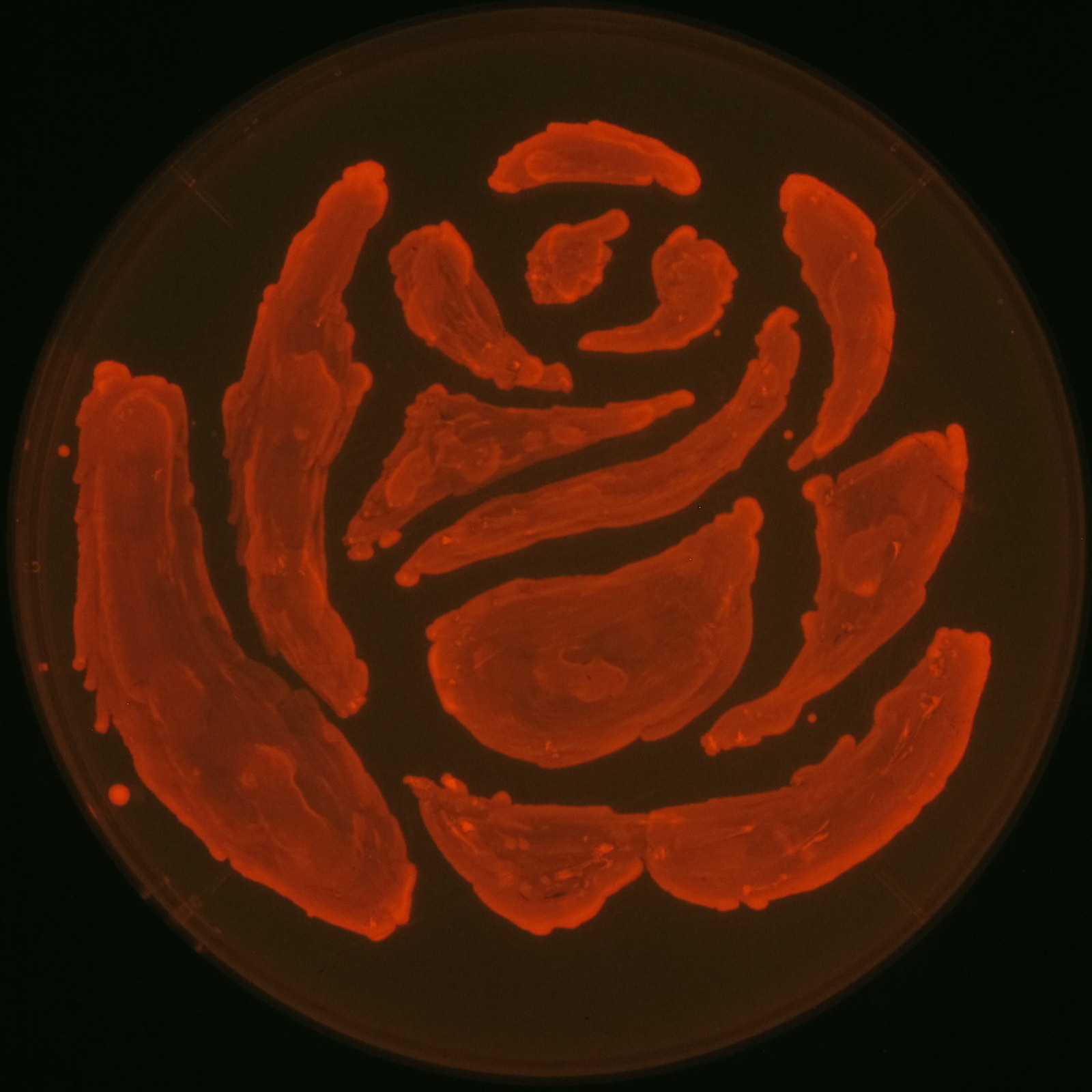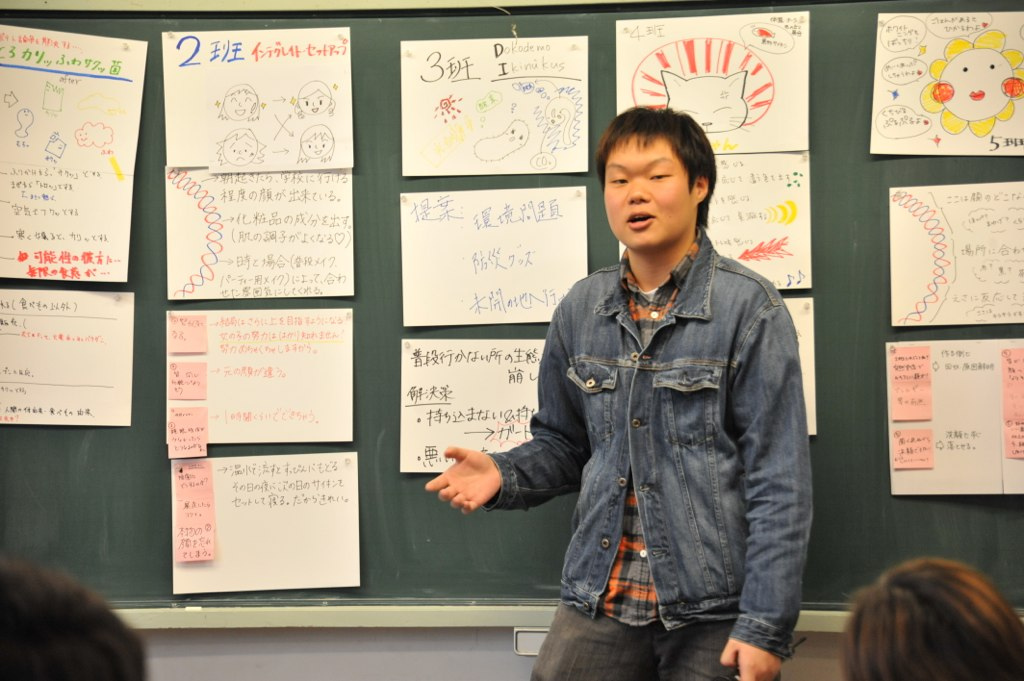Team:Tokyo Tech
From 2012.igem.org
(→Ⅰ-1 story) |
(→Ⅰ-1 story) |
||
| Line 61: | Line 61: | ||
<td><span id="student" onclick="show(1)">Scene1<br><IMG src="https://static.igem.org/mediawiki/2012/9/92/Tokyotechhhstory1.png" width="200px" border=0 | <td><span id="student" onclick="show(1)">Scene1<br><IMG src="https://static.igem.org/mediawiki/2012/9/92/Tokyotechhhstory1.png" width="200px" border=0 | ||
| - | onMouseOver=this.src="https://static.igem.org/mediawiki/2012/2/ | + | onMouseOver=this.src="https://static.igem.org/mediawiki/2012/2/2b/Tokyotechstorywaku1.png" width="10px" |
onMouseOut=this.src="https://static.igem.org/mediawiki/2012/9/92/Tokyotechhhstory1.png" width="200px"> | onMouseOut=this.src="https://static.igem.org/mediawiki/2012/9/92/Tokyotechhhstory1.png" width="200px"> | ||
Revision as of 10:09, 18 October 2012
Project overview
A love story contains several processes. Two people fall in love and their love burning wildly. However, no forever exists in the world, in most occasions, love will eventually burn to only a pile of ashes of the last remaining wind drift away. In our project, we have recreated the story of "Romeo and Juliet" by Shakespeare vividly by two kinds of Escherichia coli cell-cell communication. We aim to generate a circuit involving regulatory mechanism of positive feedback rather than commonly-used negative feedback to control the fate of E.coli by signaling between two types of E.coli. Besides, Rose represents love. We are the first iGEM group ever to synthesize PHAs (a kind of bio-plastics) by using our new biobrick part, representing rose .
Ⅰ cell-cell communication
"Romeo and Juliet" is the dramas by dramatist William Shakespeare of England. The stage is city Verona, Italy in the 14th century. Romeo met Juliet. Two people fell in love instantly. In this project, we will recreate the love story of "Romeo and Juliet".
[Detailed descriptions for Cell-cell communication]
Ⅰ-1 story
We make our cute E.coli play “Romeo and Juliet” which is one of Shakespeare’s most famous plays. In this project, we define the signal that E.coli produce as the romantic feeling of Romeo and Juliet. In this project, we will recreate the love story of "Romeo and Juliet", by using "Cell-cell communication" The story that we reproduce is divided into four scenes.
Click on the Scene.
Scene1
|
Scene2
|
Scene3
|
Scene4
|
(Scene 1) Romeo meets and falls in love with Juliet. Once the love between two people stimulates each other, they become deeply attached and cannot live without each other.
First, to represent the condition that their love stimulates each other in “Scene1 Fall in love”, we designed a positive feedback system in which the production of a signal activates the production of the other signal. [Detailed descriptions for Positive feedback system]
Ⅱ PHAs Production
Ⅱ-1 Story
There is what of the famous scene of "Romeo and Juliet"
we will recreate the rose come out in the lines of the famous drama "Romeo and Juliet" by the synthesis of PHAs.
Ⅱ-2 PHAs production
We made a new biobrick part and succeeded synthesizing Polyhydroixyalkanoates(PHAs). This is the first Biobrick part to synthesize PHAs. In our project, we also draw rose silhouette to produce the balcony scene of “Romeo and Juliet” by the synthesis of PHAs.[Detailed descriptions for PHAs production]
Human Practice
Taku Nakayama, and Mai Miura (members of Tokyo_Tech iGEM team) have participated in a science cafe as assistants for the event. The two members supported people who are not specialist in biology to plan an imaginary synthetic biology project, to be evaluated from public points of view, and to upgrade the project in accordance with the evaluations.
[Detailed descriptions for Human practice ]
 "
"

